
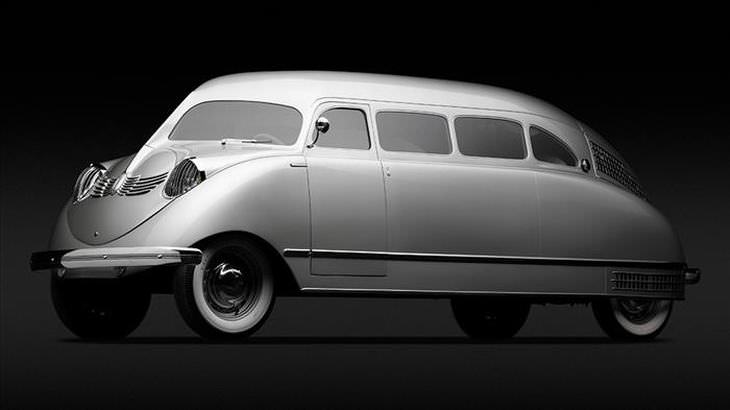
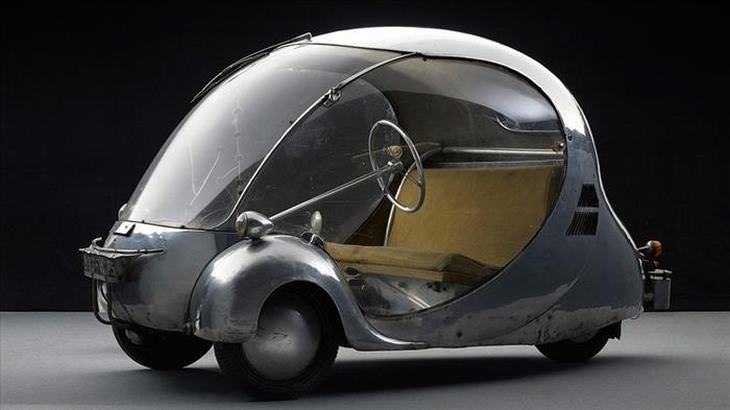
Photo: Michael Zumbrunn/Urs Schmid via High Museum
For those of you who are wondering, 'Oeuf Electrique' is French for 'Electric Egg' and you can see why it was given its name. It had three wheels, plenty of glass and it ran on batteries years after fuel had become the common way to run a car. The body is aluminum and curved Plexiglass, used to give the car its truly unique shape, while its diminutive size would make parking easy on today's crowded streets. We wouldn't be surprised if little electric, bubble cars like this one appear in the future.
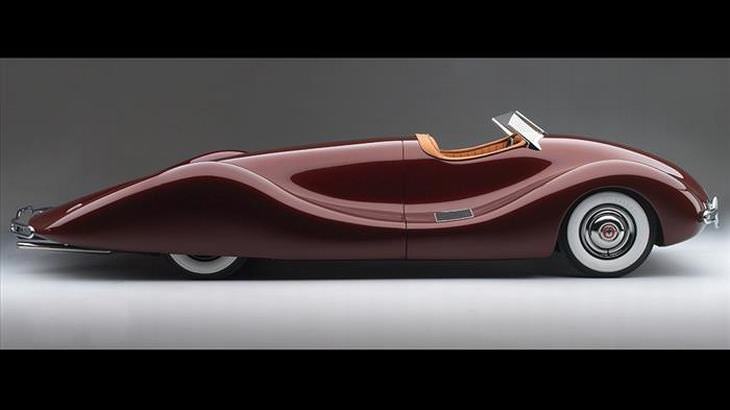
Photo Peter Harholdt via High Museum
Norman Timbs was primarily an Indy Car Designer and Engineer, but his forays into road car design gave the world some true one-off innovations. His 'Special' was 17 feet long, yet it weighed just 2200 lbs and was pieced together using a Buick straight eight engine with dual carburetors and independent rear suspension, adapted from Ford components. Its real beauty comes from the sleek form of its exterior, with its elongated lines and largely hidden rear wheel. Only one Special was ever made and it's a shame there weren't more.
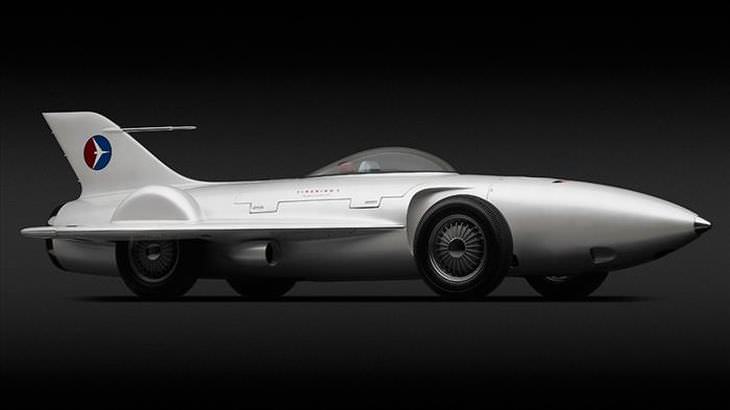
Photo: Michael Furman via High Museum
Man's fascination with combining road and aviation capabilities is long established but reached its peak in the post-war era, and the 1953 GM Firebird is one of the great examples of the concept. It was essentially a jet plane on wheels with a turbine engine that was capable of 370 horsepower, a huge amount for its era. A bubble cockpit and tail fin completed its aviation aesthetics, and practicalities were added so it could be driven - such as aircraft style flaps to aid with braking.
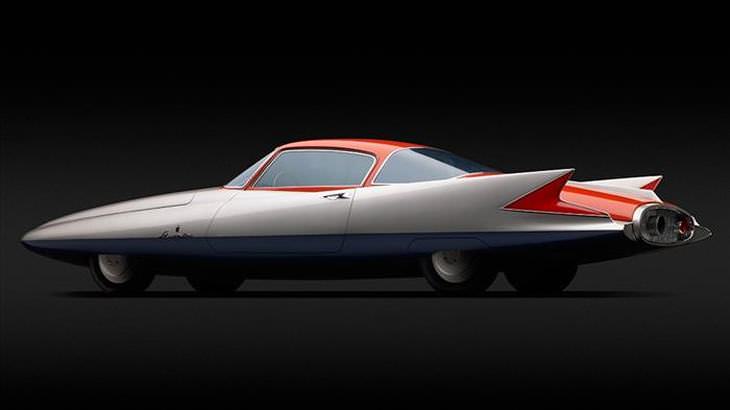
Photo: Michael Furman via High Museum
The streamline X Gilda, was built at the request of Chrysler Executive Virgil Exner and was visualized as a concept exploring the possibilities of design and high performance. Clearly influenced by rocket design, with its narrow, pointed front and rear fins, the original intention was to give it a jet turbine engine, but due to practicalities, it ended up with a 1.5 liter engine. It never made the road, but we bet there would have been a queue of takers if it did.
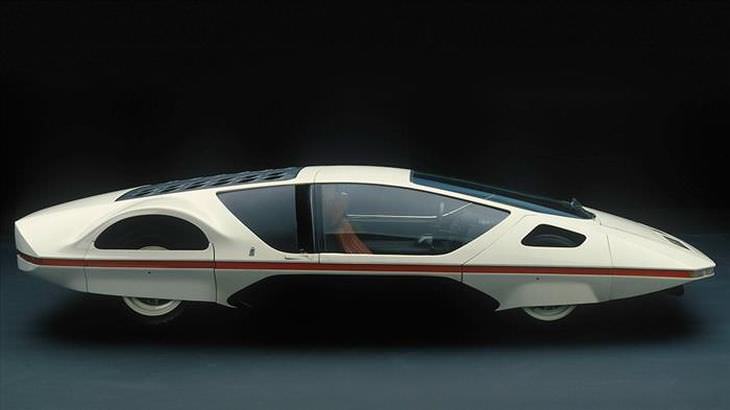
Photo: Michel Zumbrunn via High Museum
The Ferrari 512 S Module, is the sort of car you could imagine driving around in space if we ever make it that far. Not as classically pleasing on the eye as models like the Norman Timbs special, Ferrari employed design company Pininfarina to conceptualize the vehicle, and this bizarre but award winning concept was the result. The glass panel doors opened forwards on hinges and, like many of the best concept cars, it was ultra low. It might just be the oddest Ferrari ever produced.
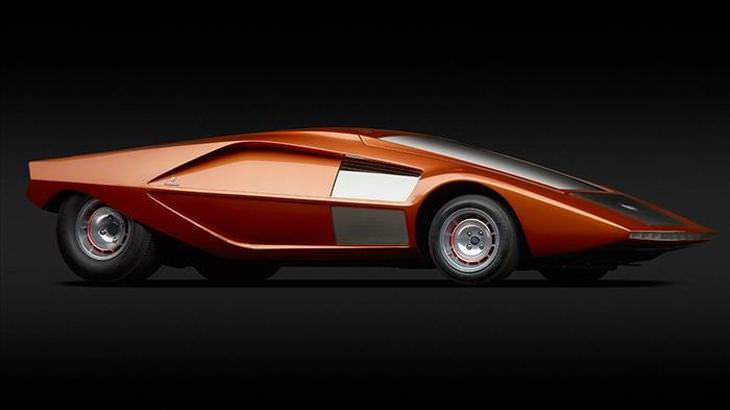
Photo: Michael Furman via High Museum
Another car that wouldn't look out of place making its way across the surface of Mars is the 1970 Lancia (Bertone) Stratos HF Zero. The wedge shaped car had no side windows but had a windshield that extended overhead, giving a great view of both the road ahead and the sky above, and it was all powered by a 1.6 liter V4 engine capable of 115hp. The seats were virtually horizontal and as close to the ground as possible and they needed to be, the car was designed by Bertone as a response to the Pininfarina designed Modulo (above) which stood just 36 inches tall. The Bertone Stratos won the battle - topping the tape measure at just 33 inches.
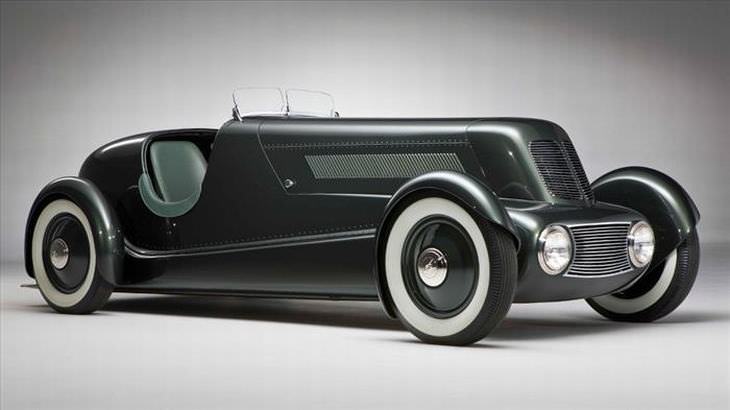
Photo: Edsel and Eleanor Ford House via business insider
Edsel Ford loved an innovative car design and his position gave him the opportunity to request the design and manufacture of a number of one-off cars for his own use. The 1932 Speedster was one example of his passion for his innovation, it featured a lot of aluminum - from the tubular body structure right down to the dashboard - and a three speed gearbox. It could reach speeds of up to 90mph.

Photo: Michael Furman via High Museum
Gabrielle Voisin was another designer who began his career in the aviation business but after the First World War he turned his talents to automobile design, establishing luxury car brand Voisin. The Great Depression hit sales hard as people could no longer indulge in expensive car purchases, but Voisin responded in true maverick style - by producing even more expansive and expensive designs. That said, only 28 of these stunning C-25 Aerodynes were ever produced and all contained a unique sliding roof powered by two vacuum pumps fitted inside the trunk.
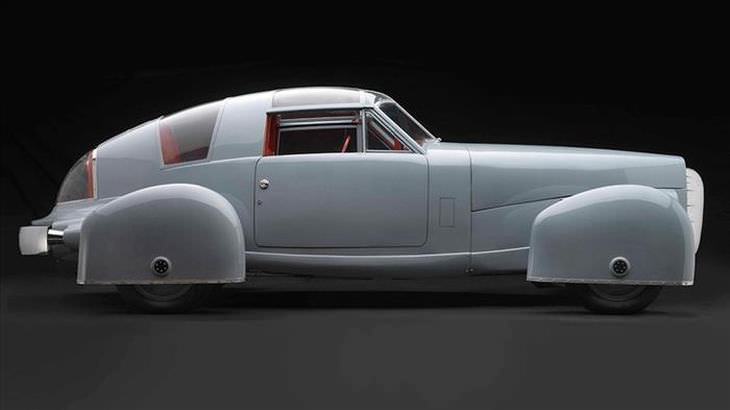
Photo: Peter Harholdt via High Museum
Here's a car that may split opinion. Tasco stood for The American Sports Car Company, and the brand was a product of the post-war period, where design and innovation reflected the optimistic mood that followed years of economic crisis and global war. The car's designer was Gordon Buehrig, another who had worked in both the aviation and automobile design trades. The 1948 Tasco was envisaged as part car, part plane, taking its inspiration from WWII fighter aircraft. The fiberglass wheel covers moved with the car when steered.
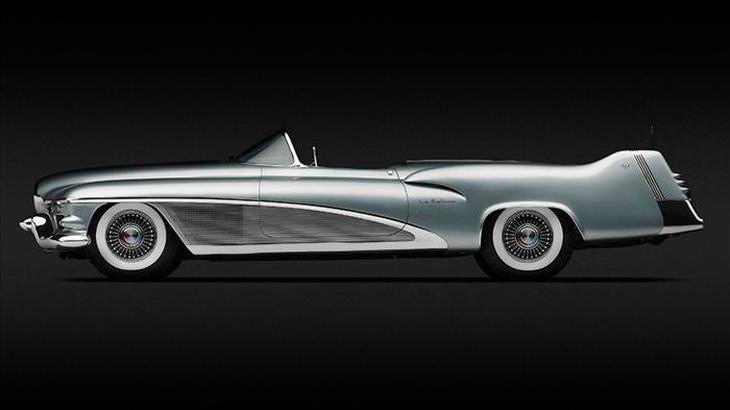
Photo: Michael Furman via High Museum
The GM Le Sabre is often considered to be the most important concept car of the 1950s, largely because of the influence it had over future car design. It introduced features such as the wraparound wind shield and dual tail fins which became standard in car design over the latter part of the decade, and persisted into the 1960s. The car maintains its popularity among car enthusiasts to this day.
12. Chrysler Thunderbolt
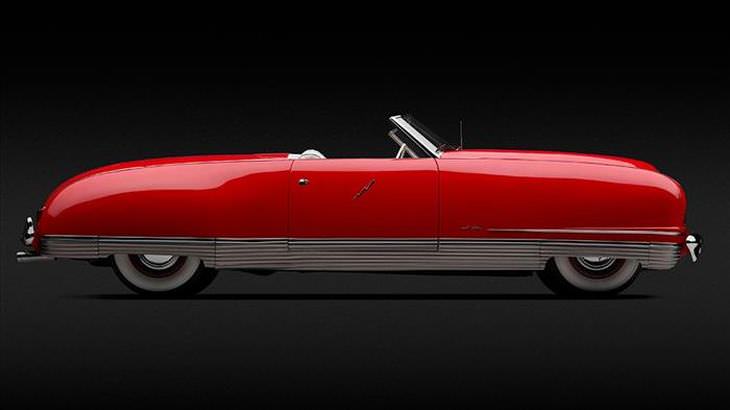
Photo: Michael Furman via High Museum
In a list where many of the cars featured were inspired by jets and planes, the 1941 Chrysler Thunderbolt stands alone. Its art-deco design was instead inspired by the streamliner trains of the day and featured rounded curves rather than the sharper points and fins of cars like the Gilder. It featured a number of innovative design quirks, such as push button releases instead of door handles and hydraulic windows, while the headlights were concealed in the aluminum body work. All these concepts were to inform future car design for decades to come.

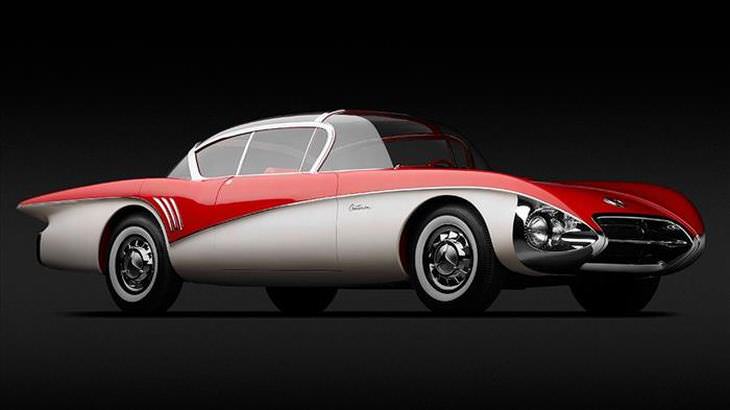
Photo: Michael Furman via High Museum
The 1956 Buick Centurion was another to conceptualize some innovative features years before they came into common production. Most notably, it integrated a Rear View Camera to increase safety and allow for easy parking. Other features did not catch on quite so widely, such as the astronautical inspired bubble top roof with integrated windscreen. Its unique body work and airplane-styled interior make it a car that enthusiasts will either love or hate.